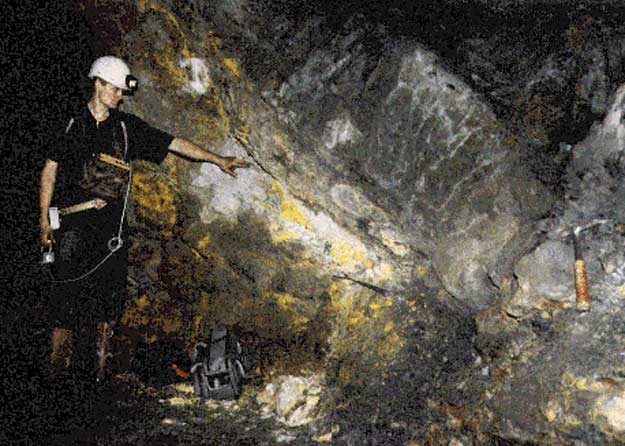There are many out of place relics around the world which do not fit the traditional model of human prehistory.
They are a proof that extraterrestrial and technologically advanced civilizations visited our planet long time ago and it took place not only once. Many of these extremely old and precious pieces were made with help of the advanced technique. According to school knowledge prehistoric humans were primitive, so any kind of high technology should not be known to them. But the relics unearthed all over the world say something different. They are an evidence that our ancestors were advanced and civilized and that advanced civilizations existed long before any of the known for us ancient cultures came into existence.
We are not allowed to forget about all these anomalous and mysterious out-of-place findings.
THE ANTIKYTHERA MECHANISM



Dated to ca 80 A.D, probably used as calendar and astronomical calculator for the motions of stars and planets. It is very sophisticated device that consists of 30 toothed wheels, of diameter from 9 to 132 mm, being able to rotate at a different speed each, dials and scaled metal plates with inscriptions related to the signs of zodiac, names of the planets.
The engraved signs inform about the equinoxes, months, winds and constellations being in their different phases.
They are a proof that extraterrestrial and technologically advanced civilizations visited our planet long time ago and it took place not only once. Many of these extremely old and precious pieces were made with help of the advanced technique. According to school knowledge prehistoric humans were primitive, so any kind of high technology should not be known to them. But the relics unearthed all over the world say something different. They are an evidence that our ancestors were advanced and civilized and that advanced civilizations existed long before any of the known for us ancient cultures came into existence.
We are not allowed to forget about all these anomalous and mysterious out-of-place findings.
THE ANTIKYTHERA MECHANISM



Dated to ca 80 A.D, probably used as calendar and astronomical calculator for the motions of stars and planets. It is very sophisticated device that consists of 30 toothed wheels, of diameter from 9 to 132 mm, being able to rotate at a different speed each, dials and scaled metal plates with inscriptions related to the signs of zodiac, names of the planets.
The engraved signs inform about the equinoxes, months, winds and constellations being in their different phases.
























